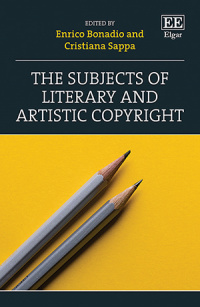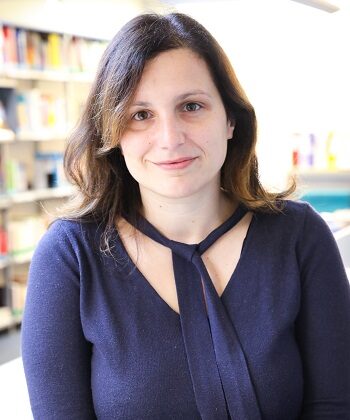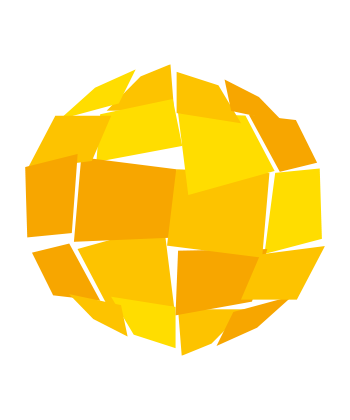How does copyright effect the production & management of literature and art?

Share
“Literature and art are the backbone of cultural production, and the most traditional form of expression of ideas”, explain Professor Cristiana Sappa (Professor of law at IÉSEG) and her co-editor Enrico Bonadio (City, University of London in the UK) in the introduction to the new book on “The subjects of artistic and literary copyright” (Edward Elgar Publishing), which they have edited.

Their publication examines the topic of copyright from two main perspectives: firstly, the different categories of authors/creators of art or literature (novelists, poets, journalists, painters, photographers, etc.); and secondly, the organizations that administer or manage these different types of ‘creations’ (libraries, museums, publishers, galleries, universities etc.).
Professor Cristiana Sappa explains:“The literature so far had not focused on subjects of copyright in a symmetric and complementary way, taking in the perspectives of different stakeholders as we do in this book. Also, copyright was originally introduced for protecting literary and artistic works, however nowadays the main discussion seems to be around the topics of data, AI, software, database. So the book goes back to the origin of the protection, to some extent and looks to provide insightful new perspectives on this important topic.”
Each of the 13 chapters – contributed by different international experts – studies how copyright law (and moral rights) protects different groups of authors and organizations and how they use copyright to protect their interests. They also consider the impact of different legal jurisdictions, including those in the US, EU, UK and France.
The legal and policy issues dealt with in each chapter vary greatly, as each group of authors/creators or institutions has very specific concerns and needs. While questions and challenges can differ greatly between cultural sectors (literature, industrial design, painting etc) , there can also be diverging even conflicting issues between those creating art and those managing or administering these works.
The topics of the chapters outlined in the first part of the book focusing on the artistic and literary creators include:
- The effects of copyrights on poets’ and novelists’ economic returns
- Playwrights
- The fragility of freelancing: The impact of copyright law on modern journalism
- Academic authors, copyright and dissemination of knowledge: A comparative overview
- Copyright protection for painters, sculptors and cartoonists
- Digital photographers: Trust, truth, and copyright in the digital age
- ‘It’s not you, it’s me’: Are designers and copyright a good match?
- Architecture and dysfunction
The second part of the book then focus on key groups groups of managers and intermediaries with dedicated chapters on:
- Publishers and copyright
- Libraries and copyright law in the 21st century
- Capturing the uncapturable: The relationship between universities and copyright through the lens of the audio-visual lecture capture policies
- Museums as education facilitators: How copyright affects access and dissemination of cultural heritage
- Galleries and auction houses: The invisible managers of artistic copyright?
“The book also looks to pay strong attention to the consumers or users of literature and art,” adds Professor Sappa. “In some cases, creators may be interested in making their book, poem or painting freely available and visible to as many people as possible in order to raise their visibility. However, this may not be in the interest of a publisher for example.”
This comprehensive new publication is very pertinent therefore for all legal scholars studying copyright issues and will also be of interest to stakeholders involved in the creation and management of cultural production and copyright issues.
More information is available on the Edward Elgar Website.




